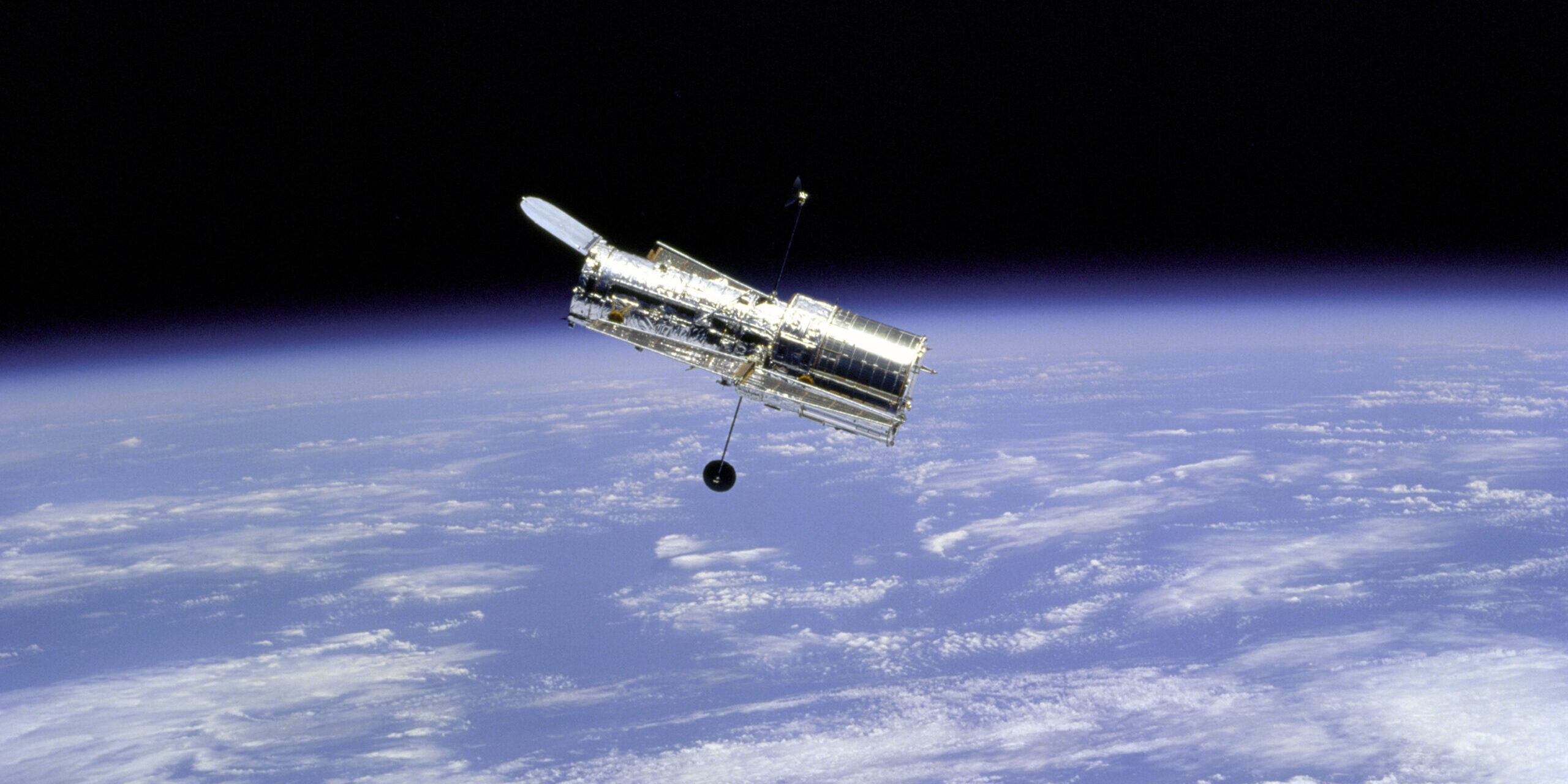An Undetected Asteroid Missed Earth by Just 300 Miles.
 PULSE POINTS
PULSE POINTS❓WHAT HAPPENED: A 9.8-foot asteroid, named 2025 TF, passed within 300 miles of Earth, closer than the orbit of the International Space Station, and was only detected after it had passed.
👤WHO WAS INVOLVED: The Catalina Sky Survey detected the asteroid, which was later observed by the European Space Agency’s Planetary Defence Office.
Newsletter Need to Know.Your free, daily feed from The National Pulse.
Thank You!You are now subscribed to our newsletter.
📍WHEN & WHERE: The asteroid flew over Antarctica on October 1, 2025, at 01:47:26 BST.
💬KEY QUOTE: “Objects of this size pose no significant danger. They can produce fireballs if they strike Earth’s atmosphere, and may result in the discovery of small meteorites on the ground.” – European Space Agency
🎯IMPACT: The incident highlighted the difficulty in detecting small space objects, raising concerns about planetary defense capabilities.
An asteroid measuring approximately 9.8 feet, named 2025 TF, flew within 300 miles of Earth on October 1, 2025. The space rock passed closer to the Earth than the orbit of the International Space Station (ISS), at an altitude of just 265 miles. However, scientists only detected the asteroid after it had already passed, with the Catalina Sky Survey identifying it hours later.
The European Space Agency (ESA) stated that 2025 TF posed no significant danger, as objects of its size would likely burn up or explode in the atmosphere rather than impact the surface. “Objects of this size pose no significant danger,” the ESA noted, though they acknowledged such objects can produce fireballs or result in small meteorites reaching the ground.
Following the asteroid’s passage, the ESA’s Planetary Defence Office used the Las Cumbres Observatory in Australia to observe the object. This allowed astronomers to refine their measurements, determining that the asteroid’s closest approach occurred precisely at 01:47:26 BST. Despite its proximity, there were no spacecraft or satellites in its path.
Despite its current public communication limitations due to a government shutdown, NASA has listed 2025 TF on its Center for Near-Earth Object Studies website. The asteroid is expected to make another close approach in 2087, though at a much safer distance of 3.7 million miles. Its small size, however, made it difficult to detect in advance, underscoring the challenges of tracking smaller near-Earth objects.
As of October 4, 2025, there were 39,585 known near-Earth asteroids, with 11,453 measuring over 460 feet in diameter. While most pose no immediate threat, incidents like this highlight the importance of advancing planetary defense systems.
NASA and ESA have conducted tests, such as the Double Asteroid Redirection Test (DART), to explore methods of deflecting potential threats. However, experts emphasize the need for early detection to mitigate risks effectively.
Join Pulse+ to comment below, and receive exclusive e-mail analyses.